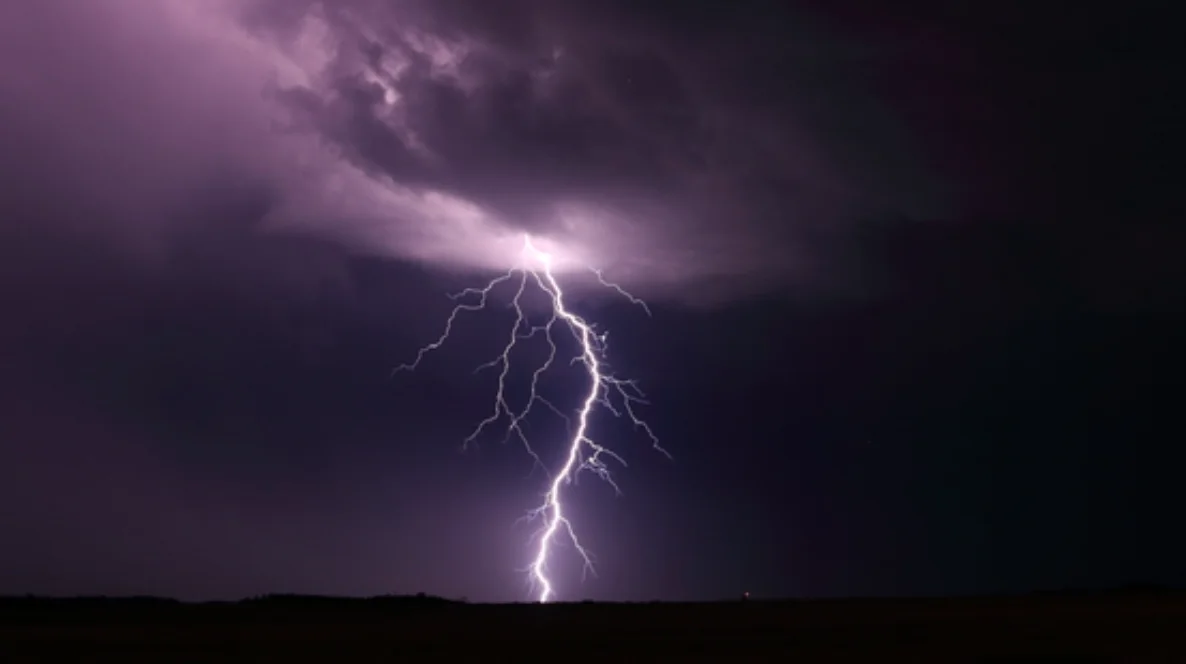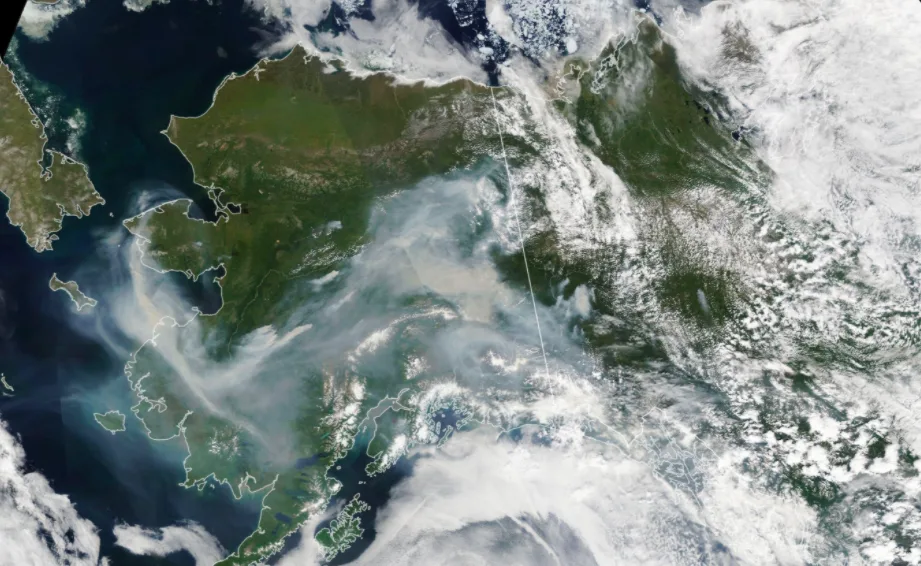
Arctic lightning strikes are on the rise, and the effects could be global
A study of 10 years’ worth of lightning detection data has found lightning activity has increased along with global temperatures, and with it, the risk of carbon dioxide emissions from increased wildfire activity.
Despite its chilly reputation, the Arctic region, including Canada’s North, does indeed have summer storms that bring an average of 200,000 lightning strikes per year.
Recently, a new study published in the journal Geophysical Research Letters used summertime data from the World Wide Lightning Location Network (WWLLN) and found an increase in lightning activity in the region from 2010–2020.
“The increase in the fraction of strokes in the Arctic compared to total global strokes is well correlated with the global temperature anomaly,” the scientists conclude.
The research further notes a 0.5°C increase in global temperature could result in a 100 per cent increase in Arctic lightning activity. However, it was not conclusive that rising global temperatures were the only cause of the lightning spikes.

Smoke from Arctic wildfires blankets much of Alaska in this July 2019 satellite image. Credit: NASA Earth Observatory.
Still, what happens in the Arctic doesn’t stay in the Arctic, and with increased lightning activity comes more wildfires, whose effects stretch well beyond the region.
In June 2019 alone, 50 megatonnes of carbon dioxide was released into the atmosphere from lightning-induced fires in the region, according to a NASA analysis at the time—equivalent to the entire annual CO2 emissions of Sweden, a nation of 10 million people.
“Researchers worry that the increase in carbon dioxide from the Arctic fires will warm the atmosphere even more, leading to drier peat soils and consequently more fires,” the same NASA analysis warned.
That analysis also indicated the importance of improving Arctic regional lightning detection and research that could help adapt fire management.












